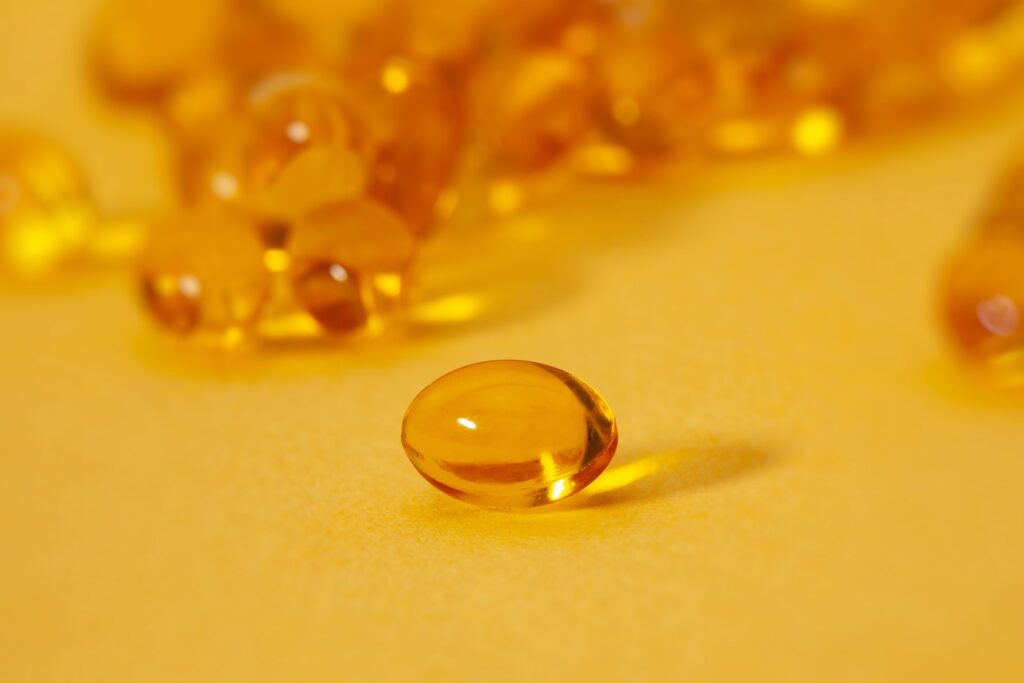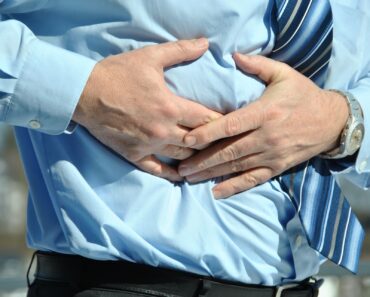WHAT IS VITAMIN D?
Vitamin D is a fat-soluble vitamin manufactured in your body when exposed to sunlight. It is also present in a few foods, added to some foods, as well as available in the form of supplements. This form of vitamin D obtained from foods, supplements, and the sunlight is inert and undergoes further modification in the body to become the active form. The steps include hydroxylation in the liver to form calcitriol, and in the kidney to become calcitriol which is the active form of vitamin D. Normal levels of vitamin D are very important for the maintenance of adequate levels of calcium and phosphate, which further maintain the mineralization and integrity of bones. Vitamin D is also involved in several metabolic functions of the body, cell growth, neuromuscular functions, immune modulations, and glucose metabolism. Vitamin D status is measured by the serum concentration of Calcidiol [25(OH)D].

CAN YOU OVERDOSE ON VITAMIN D?
Vitamin D is a fat-soluble vitamin which means that your body can absorb it with fatty foods such as peanut butter, avocados, and chicken. Fortified milk, dairy products, fish liver oil, egg yolk, and mushrooms are some important sources of vitamin D along with the natural capacity of the body to synthesis in the presence of sunlight. Too much vitamin D can cause many problems in the body such as nausea, confusion, hypercalcemia, constipation, and abnormal cardiac activity.
Vitamin D overdosage happens when you take too much vitamin D. However, it is nearly impossible to get overdosed from the foods and sunlight exposure. Vitamin D toxicity is mainly caused by supplements containing vitamins. The recommended dietary allowance for adults shouldn’t exceed 600 International Units per day. More than this amount may cause vitamin D overdosage.
UNDERSTANDING A VITAMIN D OVERDOSAGE:
Vitamin D overdosage, also referred to as Vitamin D toxicity is the condition that occurs due to excess levels of vitamin D in the body. This toxicity is usually caused by larger doses of vitamin supplements, rather than dietary intake of sun exposure. Vitamin D overdosage may result in hypercalcemia which further may cause nausea, vomiting, constipation, frequent urination, and even kidney stones. Consumption of more than 60000 IU of vitamin D per day over a long period is associated with vitamin D overdosage and its consequences. This level is much greater than the daily recommended allowance for adults which is 600 IU per day. Treatment of overdosage includes stopping vitamin D consumption as well as restricting the dietary intake of calcium to combat the hypercalcemia caused by excess vitamin D.
SYMPTOMS OF VITAMIN D OVERDOSAGE:
Some of the common symptoms experienced by the patients when they excessive levels of vitamin D in their body may include:
- Nausea, Vomiting, Constipation
- Increased thirst, frequent urination
- Loss of appetite, fatigue
- Confusion, disorientation, headache
- Dry mouth, dehydration
- Bone pain, muscle weakness
- High blood pressure
- Dizziness, Irritability
Talk to your physician if you are experiencing these symptoms. Your doctor may require complete detail about the supplements you are taking and in which dosage you are taking. If your doctor considers these symptoms linked with excess levels of vitamin D, he may require a blood test to confirm the diagnosis. Vitamin D status is measured by the serum concentration of Calcidiol [25(OH)D].
SIDE EFFECTS OF VITAMIN D OVERDOSAGE:
Although vitamin D is extremely important for the overall health and metabolism of the body, excess of this may cause several health problems in the body’s functions. Vitamin D overdosage may result in hypercalcemia which further may cause nausea, vomiting, constipation, frequent urination, and even kidney stones. Some of the consequences of vitamin overdosage may include the following:
- High Calcium Levels in the Body: Taking excess vitamins may cause the build-up of calcium in your blood. Hypercalcemia is expected when you experience loss of appetite, constipation, depression, headache, memory problems, thirst, tiredness, etc. Normal calcium levels of the body are up to 10.8 mg/dL. More than this amount of calcium in the blood may lead to digestive problems, constipation, nausea, vomiting, fatigue, confusion, excessive thirst, and frequent urination. Restricting the consumption of vitamin D and calcium is the mode of treatment in this case.
- Kidney Problems: Hypercalcemia brought about by the abundance of vitamin D can cause kidney issues or even kidney infections. Since having an excessive amount of vitamin D potentiate the absorption of calcium, it can bring about the development of kidney stones. This nephrocalcinosis caused by hypercalcemia may cause permanent kidney stones and kidney infections.
- Compromised Bone Structure and Integrity: Although vitamin D is essential for the maintenance of stronger bone, excess vitamin D can be detrimental to bone health. Excess levels of vitamin D may lead to a decrease in blood vitamin K2 level which is essential for keeping the calcium in the bone. Low vitamin K2 in the presence of excess vitamin D causes bone demineralization and bone loss.
TREATMENT OF VITAMIN D TOXICITY:
Treatment of vitamin D overdosage may include the avoidance of external sources of vitamin D such as restricting diets high in vitamin D. Similarly reducing the intake of calcium and phosphate supplements is also included in the treatment plan to combat the high levels of calcium and phosphate caused by hypervitaminosis D. Intravenous hydration is prescribed for dehydrating patients. Loop diuretics such as furosemide are recommended for excreting excess calcium from the body via urine. Some patients may also require glucocorticoids, calcitonin, and alendronate for vitamin D toxicity.
HOW MUCH VITAMIN D TO TAKE?
Vitamin D is a critical vitamin for the general health and well-being of the body. Deficiency or excess of it may cause several problems in the body’s functions. Therefore, it should be maintained within the recommended limits. The best method to maintain vitamin D in its limit is to consume it according to the recommended values.
DAILY RECOMMENDED VALUE OF VITAMIN D IN IU:
| AGE (Yr.) | MALE | FEMALE |
| 0-1 | 400 | 400 |
| 1-13 | 600 | 600 |
| 14-18 | 600 | 600 |
| 19-50 | 600 | 600 |
| 51-70 | 600 | 600 |
| 70+ | 800 | 800 |
REFERENCES:
[1] https://www.healthline.com/nutrition/how-much-vitamin-d-is-too-much#TOC_TITLE_HDR_4
[2] https://www.webmd.com/osteoporosis/features/the-truth-about-vitamin-d-can-you-get-too-much-vitamin-d
[4] https://flo.health/menstrual-cycle/health/symptoms-and-diseases/too-much-vitamin-d
[5] https://www.news-medical.net/health/Vitamin-D-Overdose.aspx






